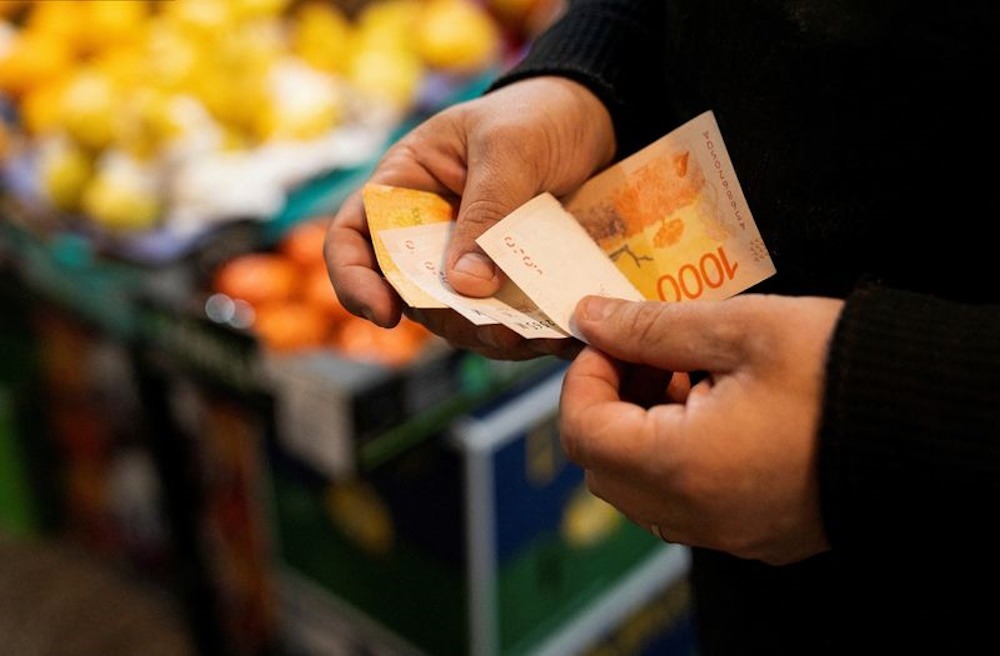Argentina’s economy experienced growth that fell short of expectations in the first quarter of 2025, as an increase in imports, coupled with decreases in exports and government spending, moderated the recovery of the South American nation. Gross domestic product increased by 0.8 percent in the first quarter relative to the preceding quarter, significantly below the 1.5 percent median forecast from analysts in a Bloomberg survey. According to government data released on Monday, Argentina’s economy experienced a growth of 5.8 percent in the first quarter, compared to the same period last year. The median estimate from economists surveyed by Bloomberg indicated a growth rate of 6.1 percent.
Nonetheless, this reading signifies the third consecutive quarter of expansion. In May, Argentina experienced a notable deceleration in monthly inflation, reaching a five-year low of 1.5 percent. Concurrently, wholesale prices exhibited deflation for the first time since the onset of the pandemic. The notable year-on-year growth was anticipated, considering that Argentina was undergoing President Javier Milei’s shock therapy of austerity at the beginning of 2024, following a sudden currency devaluation that impacted consumer spending and led the libertarian president to suspend government expenditures.
Since then, the notable recovery of Argentine wages and increased credit availability have enhanced household consumption. Consumer spending increased by 2.9 percent on a quarter-over-quarter basis. In April, Argentina secured a US$20-billion agreement with the International Monetary Fund, subsequently easing numerous capital and currency controls. The currency currently operates within a range of bands and is available for individuals to access without restrictions. The peso has exhibited stability, supported by selective government intervention in the futures market. An IMF mission is set to arrive in Buenos Aires this week to assess the country’s performance to date and facilitate the release of an additional US$2 billion following an initial disbursement of US$12 billion. In May, economists surveyed by Argentina’s central bank projected a 5.2 percent growth for the economy in 2025.

